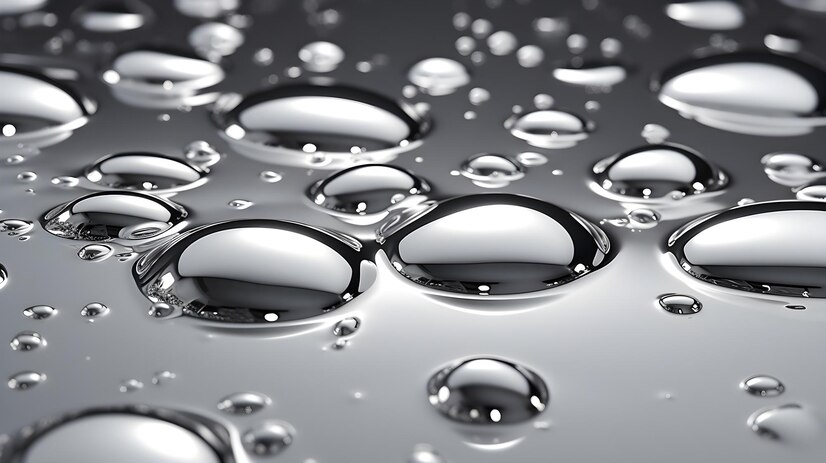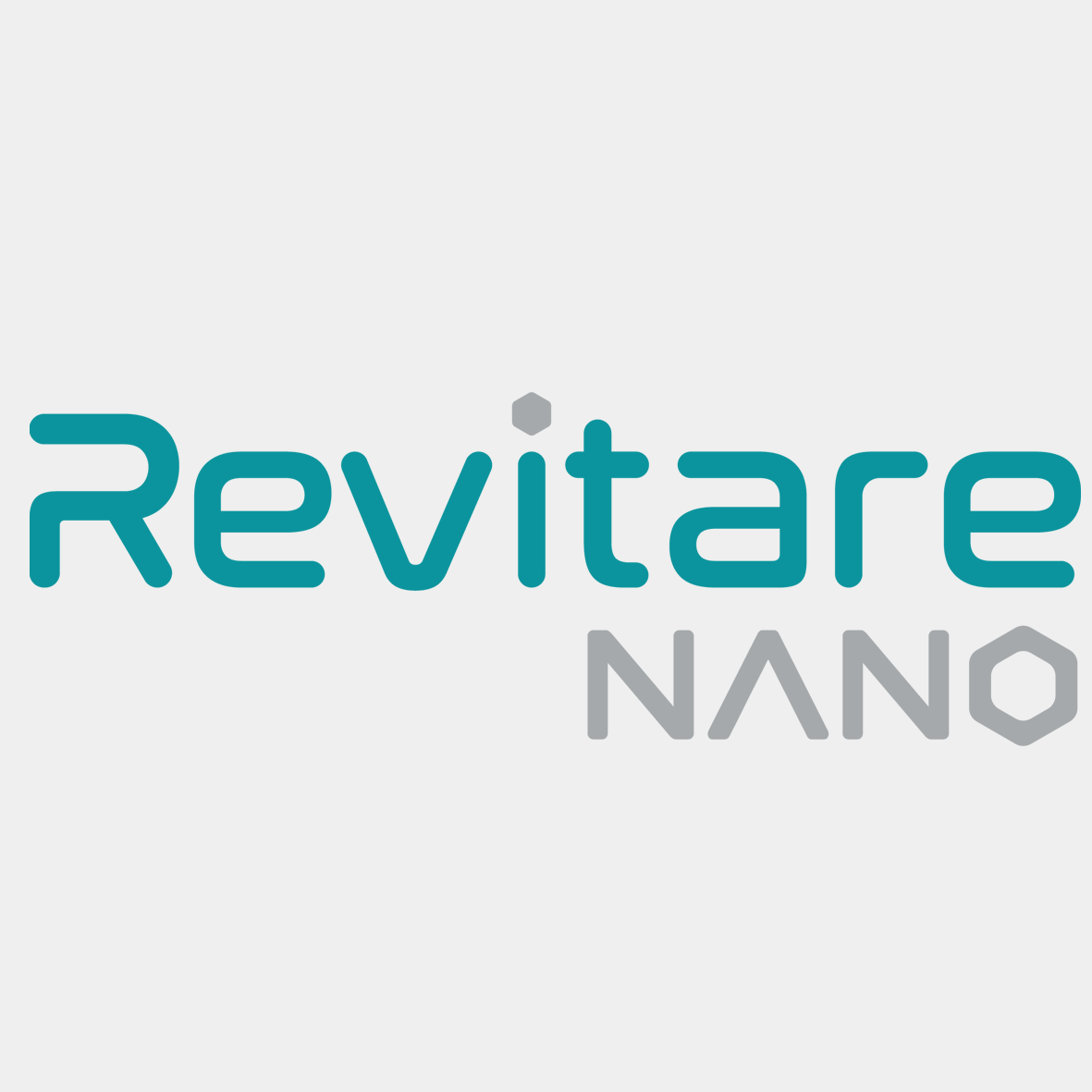Have you ever imagined a life without water? Imagine for a moment a world without water… It would be a dry and dark place. Every vital vein of life on our planet relies on this simple blessing that forms the foundation of our existence, from the springs that revive the earth to the cups that quench our thirst. Water is the key that connects all forms of life on our planet. It is not just a liquid that quenches our thirst but is the vital element that ensures the continuity of life, from the smallest microorganisms to the largest trees. All depend on water for growth and survival.
As pollution and environmental challenges increase, how can we ensure that this precious element remains clean and safe? Are we certain that every drop of water we use is clean and free from health risks? The continuity of life depends on our ability to keep our water quality clean and free from impurities. Therefore, innovation in water purification techniques is not just an option but a pressing necessity to ensure the health and safety of future generations.
In the face of various environmental and health challenges, attention is turning towards nanotechnology as an innovative solution for drinking water purification. As usual, nanotechnology offers innovative and indispensable solutions that enhance the efficiency of water filters. Silver nanoparticles (AgNPs) are among the most promising innovations in this field due to their unique properties and antimicrobial effects, making them an ideal choice for improving the performance of water filters in removing bacteria. Thus, this development can be considered a significant step towards a safer future in drinking water purification, reducing the reliance on traditional filter materials.
Applications of Silver Nanoparticles in Water Purification Systems and Quality Improvement
According to the World Health Organization (WHO), around one billion people worldwide lack access to safe drinking water. This has led to a growing interest in using nanobiotechnological techniques for water purification. Silver nanoparticles (AgNPs) are particularly suitable for small-scale systems or direct applications in water purification due to their environmental friendliness, safety, ease of use and distribution, and low energy consumption. A study was conducted to develop an advanced water filter using silver nanoparticles. In this study, silver nanoparticles were incorporated into reverse osmosis (RO) filters to enhance their effectiveness in purifying water contaminated with harmful bacteria. The silver nanoparticles were introduced at various concentrations, leveraging their antimicrobial properties, which have been used for centuries in water storage.
Two types of RO filters were used:
- Control Filter: Without silver nanoparticles.
- Test Filter: Embedded with silver nanoparticles.
During the study, the purification process focused on deactivating harmful bacteria through the silver nanoparticles embedded in the RO membrane, rather than just removing them. The effectiveness of the filter in removing microbes from contaminated water was compared, and the physical and chemical quality of the water was assessed. The study aimed to identify the optimal concentration of silver nanoparticles for effective microbial removal and to ensure safe drinking water. The primary goal was to find an alternative technology using the optimal concentration of silver nanoparticles embedded in RO membranes that could completely remove microbes from tested water and provide safe drinking water for those lacking access to clean water.
Using Silver Nanoparticles to Improve RO Filter Performance
In our modern era, there is an increasing need to develop eco-friendly techniques for producing silver nanoparticles that do not rely on harmful chemicals. Biology offers vast possibilities for manufacturing these nanoparticles through natural and sustainable methods, enhancing human quality of life through various applications, from drug delivery to water quality improvement. To apply this environmental philosophy in water purification, a study focused on using silver nanoparticles as an impressive alternative to traditional water treatment methods. Instead of relying on toxic chemicals, local biodiversity in Bihar was utilized to isolate microbial entities capable of naturally producing silver nanoparticles.
The study on silver nanoparticles and reverse osmosis (RO) membranes for water purification involved the following materials and methods:
- Silver Nanoparticles (AgNPs): These were manufactured using local bacteria through their interaction with silver nitrate, providing a safer and environmentally friendly method. The study demonstrated that silver nanoparticles were notably effective in eliminating microbes, which enhances their potential for improving water quality.
- RO Membranes: In parallel with the production of silver nanoparticles, the study focused on applying these nanoparticles in RO filters. The effectiveness of RO filters embedded with silver nanoparticles was compared to filters embedded with silver nitrate. Results showed that filters containing silver nanoparticles were more efficient in water treatment, with less silver leakage compared to nitrate-treated filters, thereby improving filter sustainability and efficiency.
- Water Purification System Setup: A 50 kg mobile iron frame was used, featuring two columns and two rows, with four 10-liter plastic barrels placed on the frame—two for storing water samples and two for collecting outgoing water. Filters were installed in the upper row with sample containers storing contaminated water connected to RO membranes. In the lower row, containers were placed to collect outgoing water from the system. The water purification system using RO membranes embedded with silver nanoparticles was then established.
In Conclusion: This study involves the manufacturing and installation of a water filtration system using silver nanoparticles and reverse osmosis (RO) membranes, focusing on improving water quality and purifying it from microbes.
Evaluation of the Effectiveness of Silver Nanoparticles in Removing E. coli Bacteria from Water
Given the increasing demand for effective water purification techniques, a recent study evaluated the efficacy of silver nanoparticles (AgNPs) as an antibacterial agent against E. coli bacteria. The results demonstrated that filters treated with silver nanoparticles were more effective in deactivating E. coli compared to untreated (control) filters. The highest microbial effectiveness was achieved using AgNPs at a concentration of 0.1 mm. The study also showed that silver nanoparticles with sizes ranging from 1 to 100 nanometers were more effective in antibacterial properties. Previous studies indicated that filtration systems using AgNPs could remove 100% of E. coli bacteria. Similar results were reported in another study using an Ag/fiberglass system, which achieved E. coli removal within the first 10 minutes of operation.
The findings were as follows:
- Color and Odor: Water treated with AgNPs was colorless and odorless, while untreated water had a slight reddish color and an unpleasant smell.
- Hardness: The hardness of water in the AgNPs unit was 80 mg/L, compared to 230 mg/L in the untreated unit.
- Total Dissolved Solids (TDS): TDS was observed to rise during the initial rinsing, then decrease, with a slight subsequent increase.
These results indicate that silver nanoparticles are suitable for application in water purification systems, acting as antimicrobial agents and improving water quality. After physical, chemical, and microbiological analysis, it was found that a high concentration of AgNPs significantly enhances filter performance by reducing the number of bacteria adhering to the membrane and increasing filtration effectiveness.
Sources



